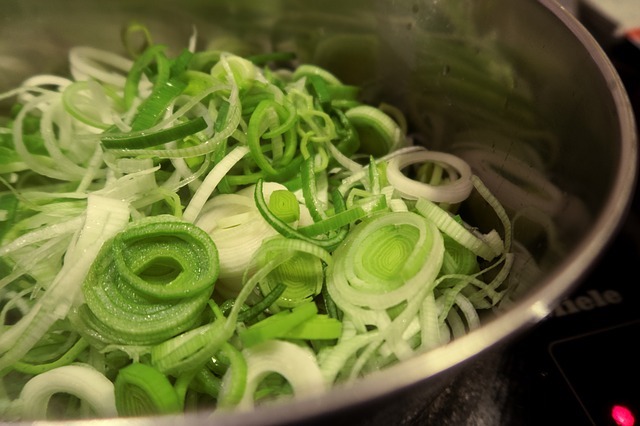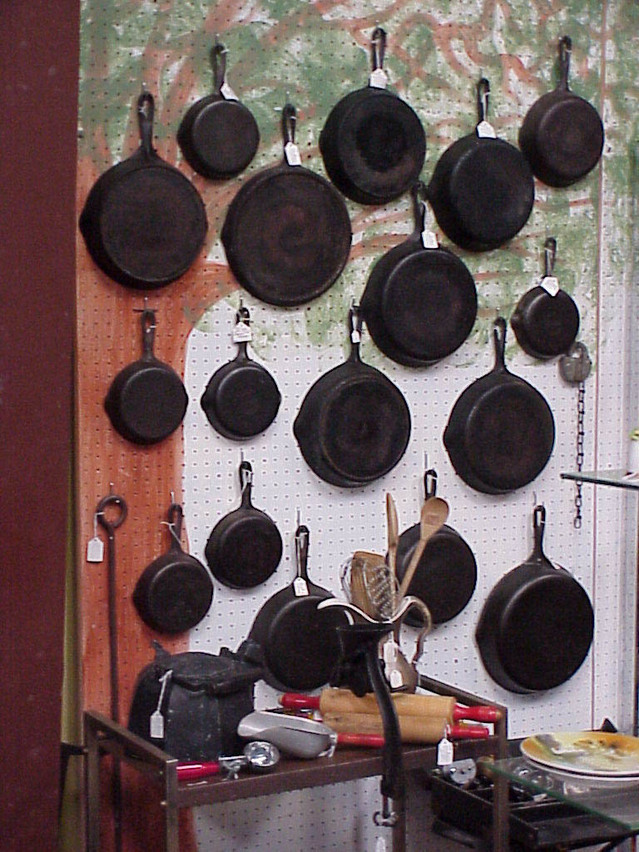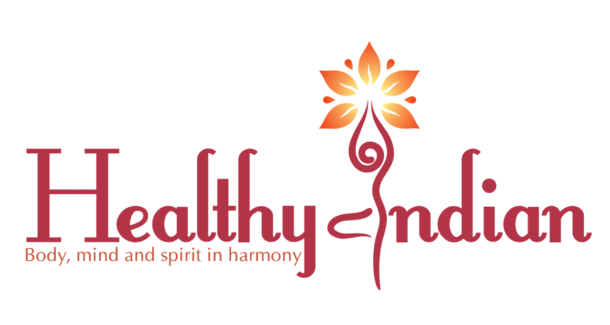You want your cookware to keep the nutrients in your food and not add any chemicals that are dangerous, right? I am sure you also want your cookware to give you great tasting food and be easy to clean and maintain.
Always do your research before investing in cookware. We have revised several cookware options for you below.
Earthenware/Clay Cookware
First, let’s look at old-school cookware- clay pots. Cooking with clay brings benefits to both nutrition and taste, On the downside, it takes more care with heating and cleaning since they are porous. You soak them in water before cooking, and the clay releases steam during cooking, which helps reduce oil and fat and keeps nutrients in the pot. Clay is an old favorite for bread baking. Slow cooking inexpensive cuts of meat and vegetables is a way your clay pot can shine. Clay pots are put in a cold oven, rather than preheating, so the sudden change in temperature doesn’t crack the clay. Clean with hot water, a brush, and use baking soda on tough stains. Clay is seasoned before use to reduce the risk of thermal shock.

Here are a few clay cookware ideas for you to explore:
Cast Iron Cookware
These are also considered old school and have some of the benefits and drawbacks of clay. Iron skillets need to be seasoned before use, and are cleaned using just water and a brush, rather than soap. Nowadays, you can find pre-seasoned cast iron cookware. Unlike clay, they are used best for high heating, frying and searing. People who use iron skillets love them for this high-heat cooking. Best not to keep them wet, like in a pan of dishwater in a sink, but they do very well with slow cooking or braising. Unfortunately, cast iron cookware is heavy, especially when full of food.
Check a few of our kitchen favorites:
- 10.25 inch Pre-seasoned Cast Iron Skillet
- 10.5 inch Pre-seasoned Cast Iron Griddle
- 10.5 inch Pre-seasoned Cast Iron Grill with Handles
Glass Cookware
This is nonporous, hence odors and flavors are not absorbed into the cookware. Glass cookware does not impart any chemicals or other material into your food. Heat doesn’t change the flavor of food cooked in glass. There is a limit to how high you can cook in glass and taking care with thermal shock is a good idea, just as with clay. You cannot sear or fry in glass, as you can with an iron skillet. Glass is easy to clean and lasts forever. Even better, you can see your food as it’s cooking.
Check these glass cookware:
Anodized Aluminum Cookware
This type of cookware is gaining popularity for its qualities of non-stick, ease of clean-up, and ability to sear and fry. It distributes heat for even cooking better than cast iron. The process of anodizing aluminum means less aluminum is available to be taken up in food from the pot, since aluminum is a neurotoxin. Non-stick surfaces on less expensive anodized aluminum pots and pans are of a chemical makeup that is not well-studied, and the health consequences are unknown, but worrisome.
Stainless Steel Cookware

This cookware is making a big come-back. Stainless steel is a combination of several elements and metals like carbon, chromium, nickel and manganese. Some lower quality stainless steel cookware may discharge a small amount of nickel into your food from the steel. A safe option is to purchase high quality stainless steel cookware that would leach fewer chemicals into your food. We suggest you avoid using abrasives for cleaning stainless steel cookware, since damaging the surface will encourage metal migration into food.
Below are some of my kitchen constants (all are 18/10 gauge):
Ceramic Cookware
This cookware is now even in Big Box stores! Ceramic technically means ‘clay that has been fire hardened’. This type of cookware has some metal (usually hard anodized aluminum) that has been coated with a layer of ceramic. Ceramic non-stick coatings are typically made from inorganic minerals, primarily silicon and oxygen, and do not contain carbon. Because of its inorganic nature, ceramic coated cookware is heat resistant up to 450 C (842 F).
In comparison, Teflon and similar coatings will deteriorate after 500 F. There are reports of some ceramic glazes that leach lead or cadmium into food. This is typically true of ceramic cookware from Latin American and Asian countries where regulations may be a bit lax. In the US, there are strict FDA requirements (via a law known as Proposition 65) for ceramic products to be free of lead or cadmium. All reputable companies should comply with these requirements.
I love my ceramic dishes! The ones that I use are below:
Teflon Cookware
Teflon coated pots and pans are well-liked for their ease of cleanup, but there has been conflicting information about their safety. Do Teflon coated pots and pans leach toxic chemicals into your food? The experts say maybe – if your Teflon pan is overheated, the coating may begin to break down and toxic chemicals and carcinogens can be released into the food. According to the Environmental Working Group, nonstick coatings can “reach 700 degrees Fahrenheit in as little as 3-5 minutes, releasing 15 toxic gases and chemicals, including two carcinogens.” Teflon is toxic to birds, so if you have pets or small children at home, it is best to avoid using Teflon, since the toxicity burden in little bodies is lot higher than in adults.
The Verdict?
- Research before you buy
- Never take the manufacturer’s safety claims as the final say
- Never cook food at high temperatures
- Discard any cookware that develops scratches or dents
- Never heat or warm food in plastic, including take-out boxes from restaurants
- Never allow your pan to smoke while over a flame
Now that you’ve decided what type of cookware to use, head over to our blog Are You Using the Right Cooking Oil?
For delicious ways to use your cookware, check out our Recipes page.
Do you love our posts and recipes? We’d LOVE to see your creations so click a photo and tag us on Instagram with the hashtag #healthyindian3 and please give a star (★) rating below. Follow us on Facebook, Twitter, Pinterest, Instagram, YouTube & Tumblr for healthy, easy and delicious recipes and lifestyle tips.
*There could be affiliate links in this blog. As an Amazon Associate, we earn from qualifying purchases.



It’s great to know more about what cookware material is the best. It seems like, from what I’ve read, stainless steel is a great option. If that’s what we go with, I’ll be sure to buy high quality pieces, like you said.
Hi Mary, you can do the saute part in a regular pan and then transfer the contents to a slow cooker, if you do not own an Instant Pot.
Perfect choice! Thanks for reading our blog and responding. Hope to hear more from you.
Throughout the years I’ve found that cooking in cast iron as the article says high heat and searing is best in cast iron it also imports minerals from the iron which are body healthy but for flavor slow cooking in Clay is awesome it imparts such a marvellous flavor
My mom used to cook in clay and I remember the aromas…they are certainly hard to maintain esp. if one tends to drop dishes, as I do. 🙂 Thanks for your feedback. I need to buy myself some clay dishes.